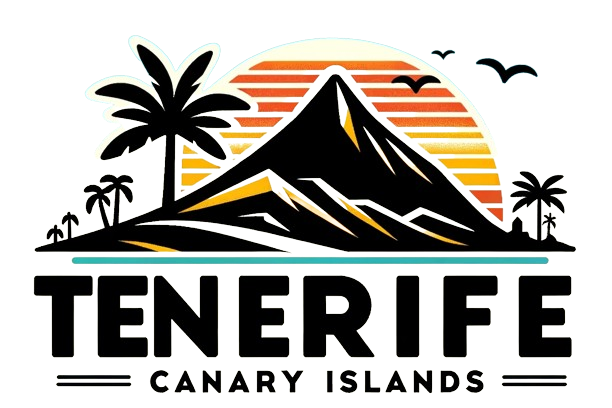Stagnation in Renewable Energy Growth in the Canary Islands: A Four-Year Overview
The Canary Islands have faced a concerning trend over the past four years, with the share of renewable energy consistently remaining below 20%. This stagnation raises questions about the region’s commitment to sustainable energy and its ability to adapt to the evolving energy landscape.
Analysis of Renewable Energy Trends in the Region
In 2021, the Canary Islands experienced a brief surge in renewable energy’s contribution to their overall energy mix, reaching 20%. This increase followed a rise from 17.52% in 2020, suggesting a potential turning point for the region’s renewable sector. However, this momentum has not been sustained, as subsequent years have seen only marginal fluctuations. The figures indicate a slight increase to 20.13% in 2022, followed by a decline to 19.50% in 2023. Looking ahead, projections for 2024 suggest a minor recovery to 20.08%, but the overall trend remains troubling for advocates of renewable energy.
The stagnation in renewable energy development is particularly concerning given the global push towards greener energy solutions. As the world grapples with climate change and seeks to reduce reliance on fossil fuels, the Canary Islands’ inability to increase their renewable energy share could hinder their environmental goals and economic sustainability.
Challenges Impeding Renewable Energy Growth
The barriers to expanding renewable energy in the Canary Islands are complex and multifaceted. Dr. Benjamín González Díaz, a physicist from the University of La Laguna, highlights that the integration of renewable energy sources into the electrical system is complicated by the priority given to these sources. This priority is dictated by the N-1 criterion, which mandates that the electrical network must be able to maintain supply even if the largest component fails. The inherent variability of solar and wind energy complicates this integration, leading to a continued reliance on fossil fuels, particularly diesel and heavy fuel oil, which currently dominate electricity generation in the islands.
Furthermore, the existing infrastructure is not equipped to support a significant increase in renewable energy production. Dr. González Díaz points out that the current capacity is insufficient for accommodating additional renewable installations, as demand has already been established. This situation has led to complaints from energy producers regarding the curtailment of renewable output when it exceeds the system’s absorption capacity. Companies such as Disa, Ecoener, and Iberdrola frequently receive directives from Redeida (Red Eléctrica de España) to reduce their renewable energy contributions to maintain system stability, highlighting the systemic issues at play.
Exploring Energy Storage Solutions as a Path Forward
To tackle these challenges, Dr. González Díaz advocates for the implementation of energy storage systems that could significantly enhance the management of electricity generated from renewable sources. While there have been initiatives aimed at developing hybrid storage solutions, approximately 2,000 megawatts of projects are currently stalled, awaiting the necessary licenses. The delays are attributed not only to licensing issues but also to the lack of a regulatory framework that governs the integration of stored energy into the grid. This regulatory vacuum creates uncertainty for producers regarding the sale of the energy they generate, further complicating the landscape for renewable energy development.
The technical limitations of the current system mean that the average contribution from renewable sources remains capped at around 20%. Although there have been instances where renewables exceeded 27% in certain months, the annual average remains constrained. Efforts to stimulate growth through regulatory measures have been hampered by administrative barriers that continue to obstruct the advancement of renewable installations. The future of the 2,000 megawatts of renewable projects remains uncertain, as they may still face the same 20% restriction unless energy storage systems are effectively integrated.
Dr. González Díaz raises critical questions about the timeline for establishing new facilities, such as the proposed plant in Güímar, Tenerife. He emphasizes the importance of energy storage in overcoming the current limitations and facilitating the growth of renewable energy in the region. The responsibility for resolving these issues ultimately lies with the authorities, as producers continue to express frustration over the slow pace of progress in the renewable energy sector.
Key points
- The Canary Islands’ renewable energy share has remained below 20% since 2021.
- Current projections suggest a slight recovery to 20.08% in 2024.
- Integration challenges stem from the N-1 criterion and reliance on fossil fuels.
- Existing infrastructure limits the capacity for additional renewable installations.
- Approximately 2,000 megawatts of renewable projects are awaiting licensing.
- Energy storage systems are crucial for overcoming current limitations.
